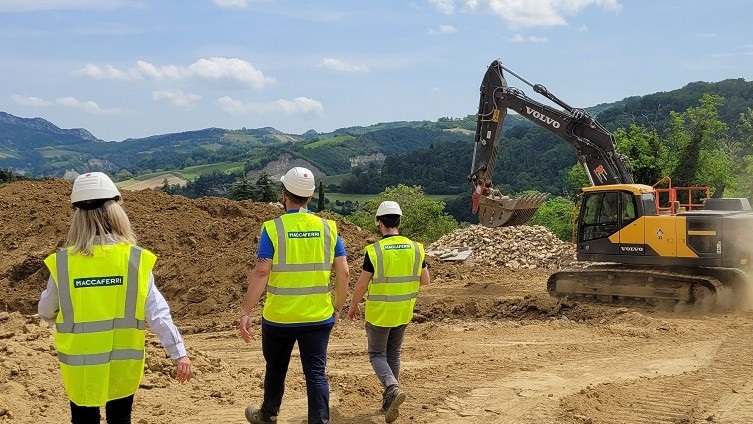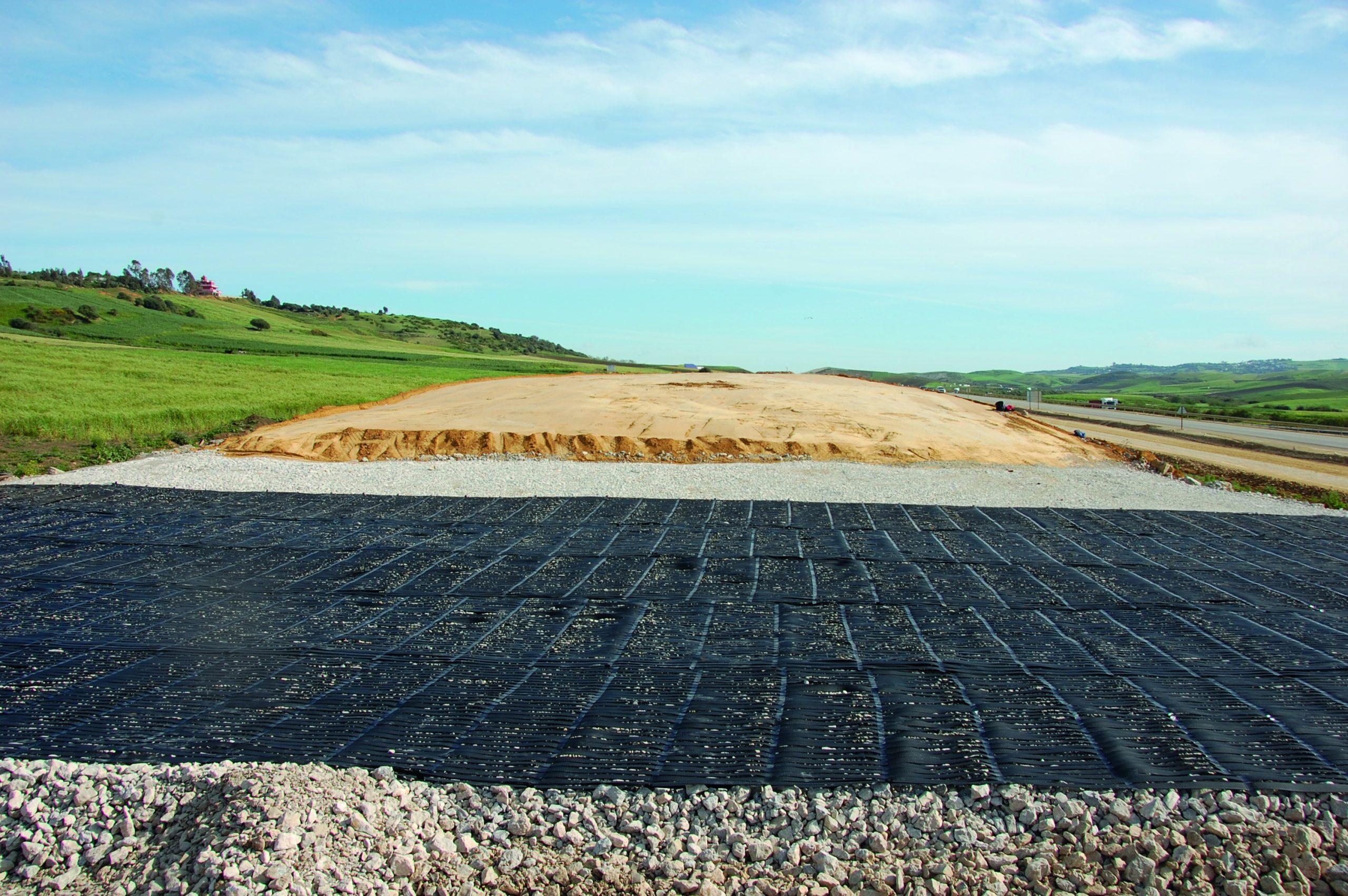Understanding Woven and Non-Woven Geotextiles – Functions & Applications
What is Geotextile?
Geotextile is a synthetic sheet material used in civil and geotechnical engineering applications to reinforce soil, separate layers, filter, or facilitate water flow. It plays a critical role in soil stabilization, drainage, and slope protection projects.
At Maccaferri Indonesia, we provide high-quality woven and non-woven geotextiles designed to meet the needs of modern infrastructure projects from highways and embankments to land reclamation.
Types of Geotextiles: Woven vs Non-Woven
Woven Geotextile
Woven geotextile is manufactured by interlacing high-strength polymer yarns (typically polypropylene or polyester) into a stable, durable fabric. Its tight, grid-like weave provides excellent tensile strength and dimensional stability, making it especially suitable for soil reinforcement applications.
Main functions:
- Reinforcement: Enhances the mechanical properties of soil by adding tensile strength, distributing applied loads across a larger area. This makes it ideal for use over soft, compressible subgrades and in critical load-bearing structures.
- Separation: Prevents the intermixing of different soil layers (e.g., subgrade with aggregate), which helps preserve the performance and structural integrity of each layer.
- Stabilization: Improves the shear strength of subsoils and minimizes lateral spreading. It also reduces differential settlement and helps resist rutting and deformation under repeated traffic loads.
Typical applications:
- Basal Reinforcement
- Drainage of Structures
- Soil Stabilisation & Pavements

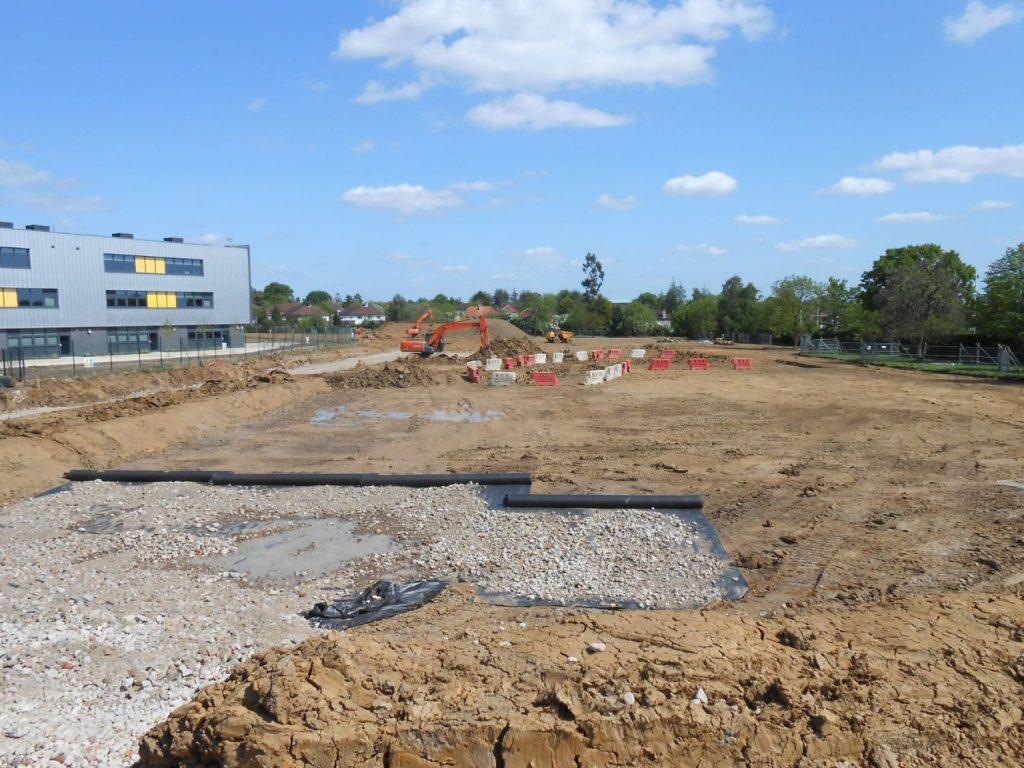
Non-Woven Geotextile
Non-woven geotextiles are created using needle-punched or heat-bonded synthetic fibers that form a flexible, porous sheet. Unlike woven types, they do not follow a regular weave pattern, giving them higher elongation properties and excellent permeability. These characteristics make them particularly effective in filtration, drainage, and protection roles.
Main functions:
- Filtration: Permits the passage of water while retaining fine soil particles, preventing clogging of drainage layers and maintaining long-term flow capacity.
- Drainage: Allows water to flow both vertically and horizontally through the fabric, which is essential for subsurface water management in roadways, retaining walls, and landfills.
- Protection: Acts as a cushioning layer that protects geomembranes and other geosynthetic barriers from damage due to sharp objects, gravel placement, or construction loads.
Typical applications:
- Hydraulic Works
- Landfills and Dewatering
- Retaining Walls and Soil Reinforcements
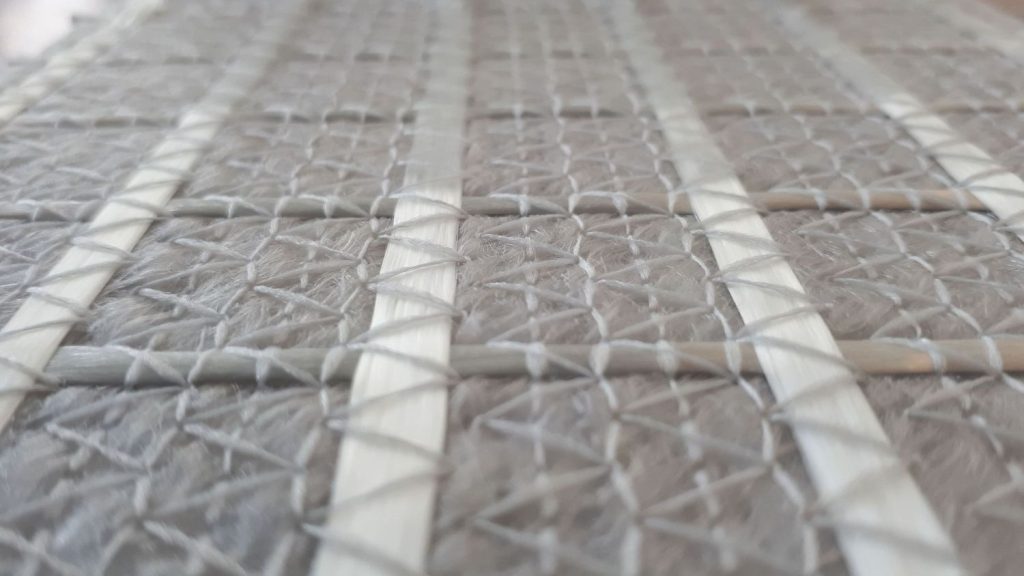
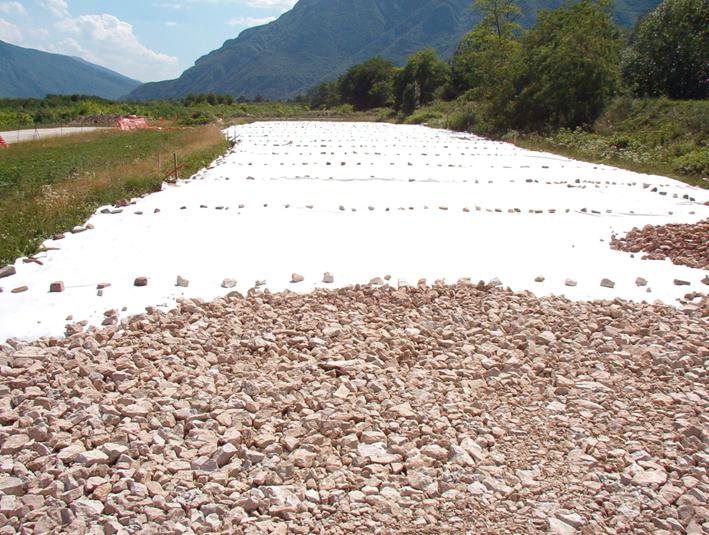
Why Choose Maccaferri Geotextiles?
🔬 International Standards: Our products undergo rigorous global quality testing.
🏗️ Engineering-Based Design: Our technical team ensures optimal and efficient solutions.
🌱 Environmentally Friendly: Our products support sustainable development principles.
🤝 Comprehensive Technical Support: We don’t just sell, we assist with design, consulting, and installation training.
📈 Trusted Across Infrastructure Projects
Maccaferri has supported hundreds of projects in Indonesia and globally from toll roads and mining operations to slope stabilization in landslide-prone areas. Our woven and non-woven geotextiles are proven to extend structural lifespan, reduce maintenance costs, and improve long-term safety.
Download Area
Get a free consultation with our team today!
Our team of experts is ready and eager to assist you: whether you have questions about our latest products, or seek customized solutions for your specific challenges, we’re just a click or call away.
